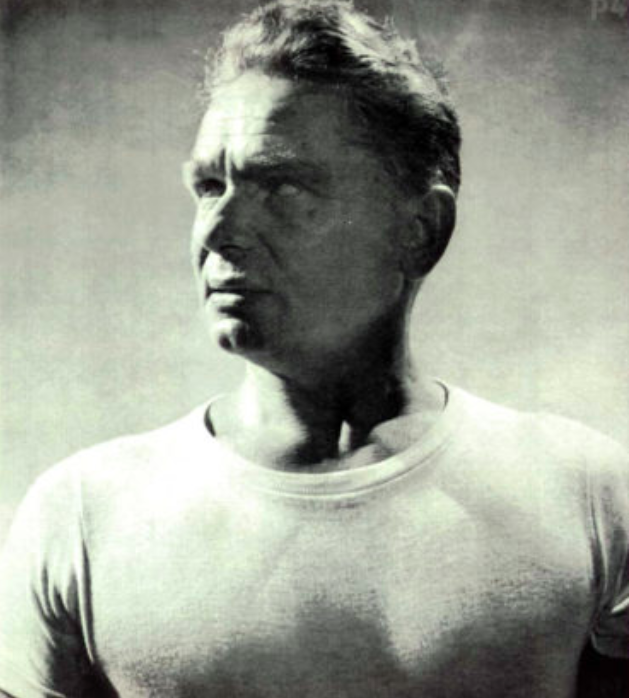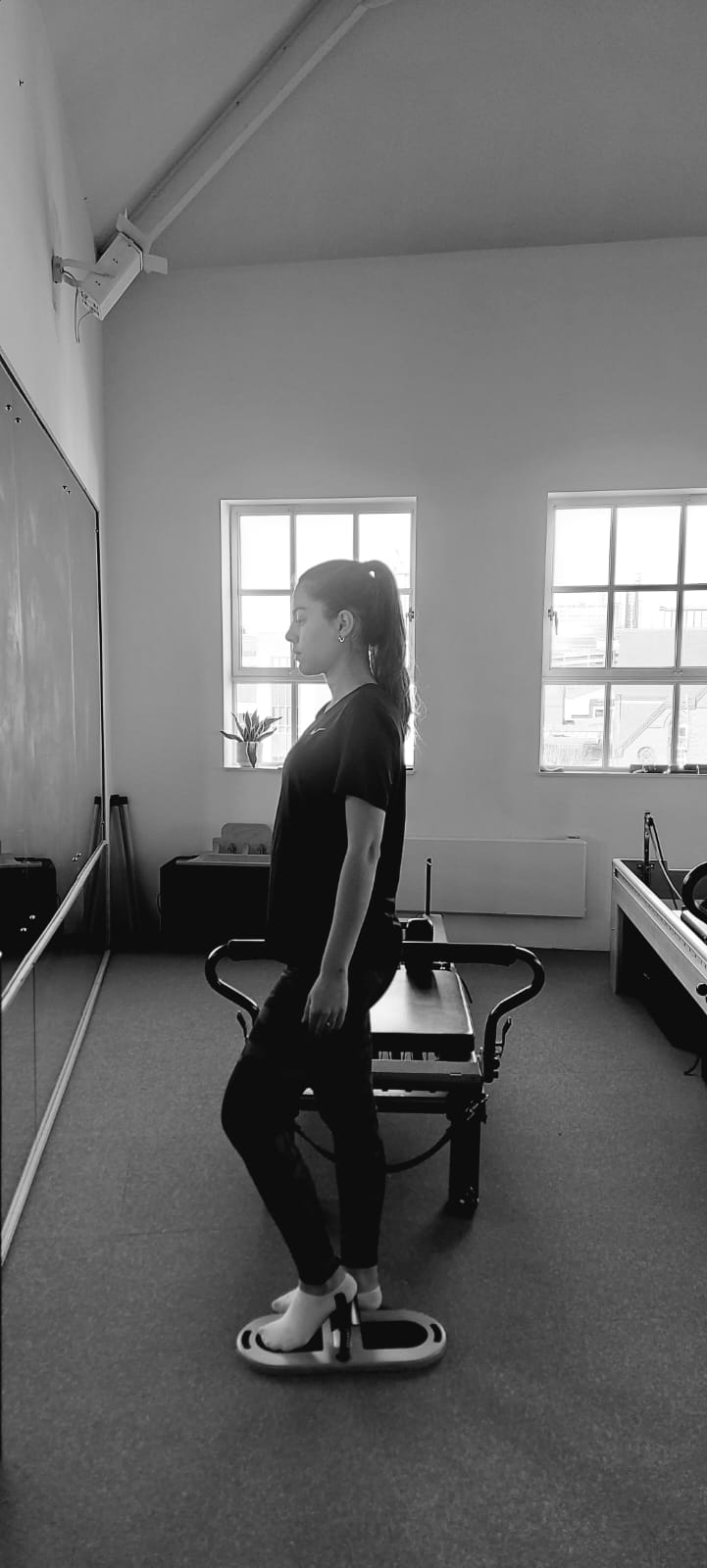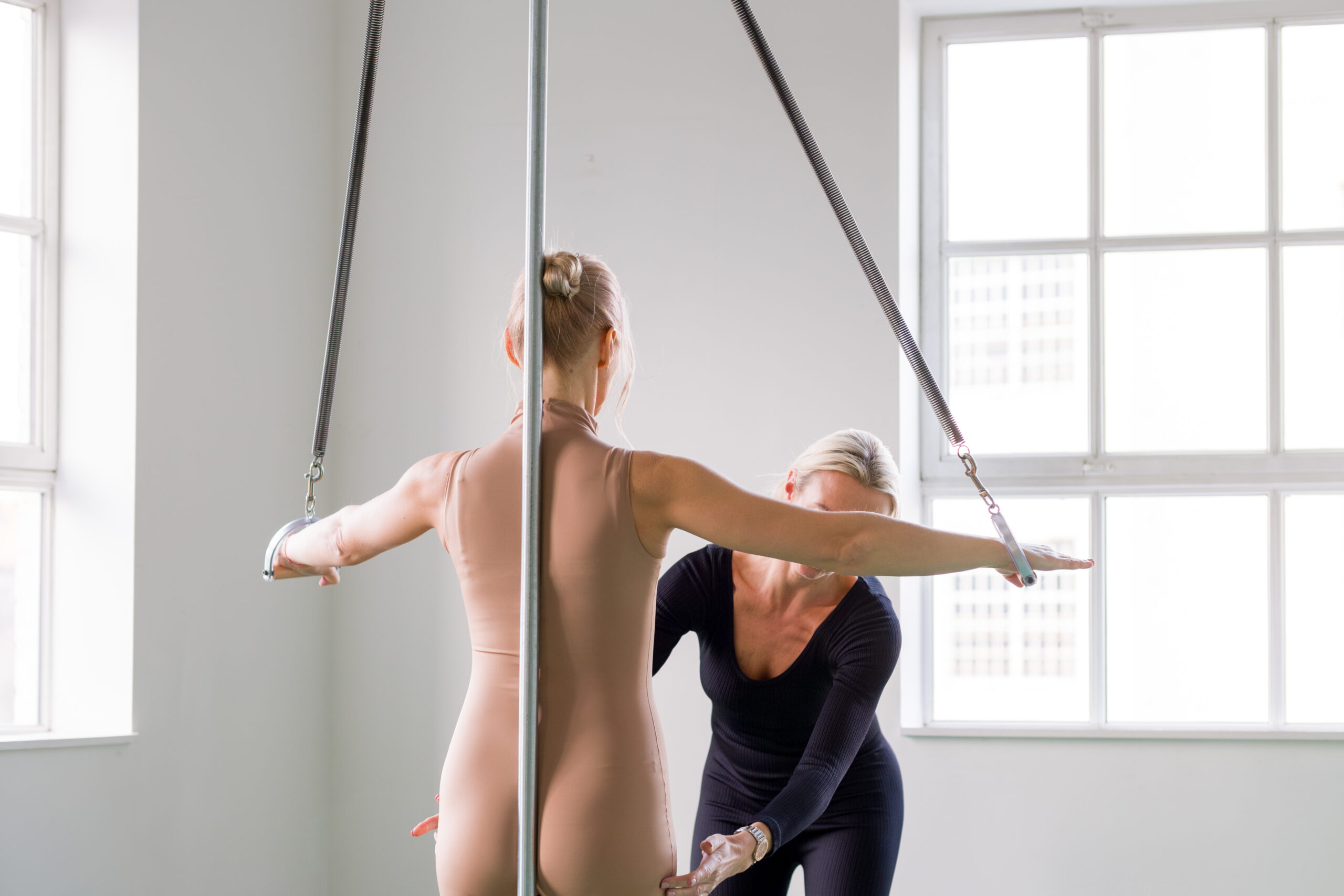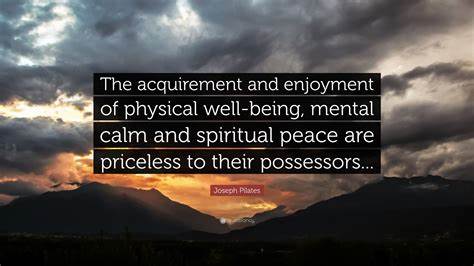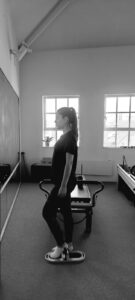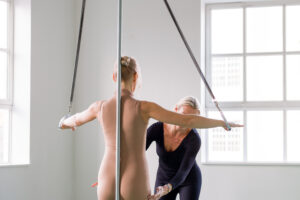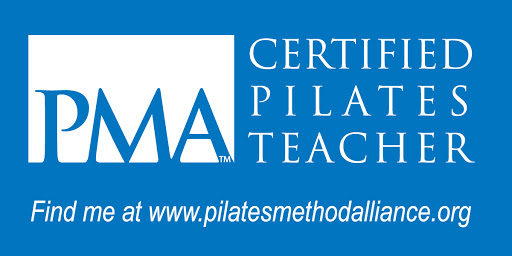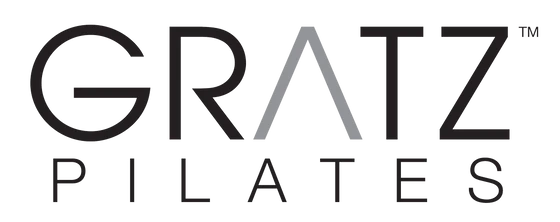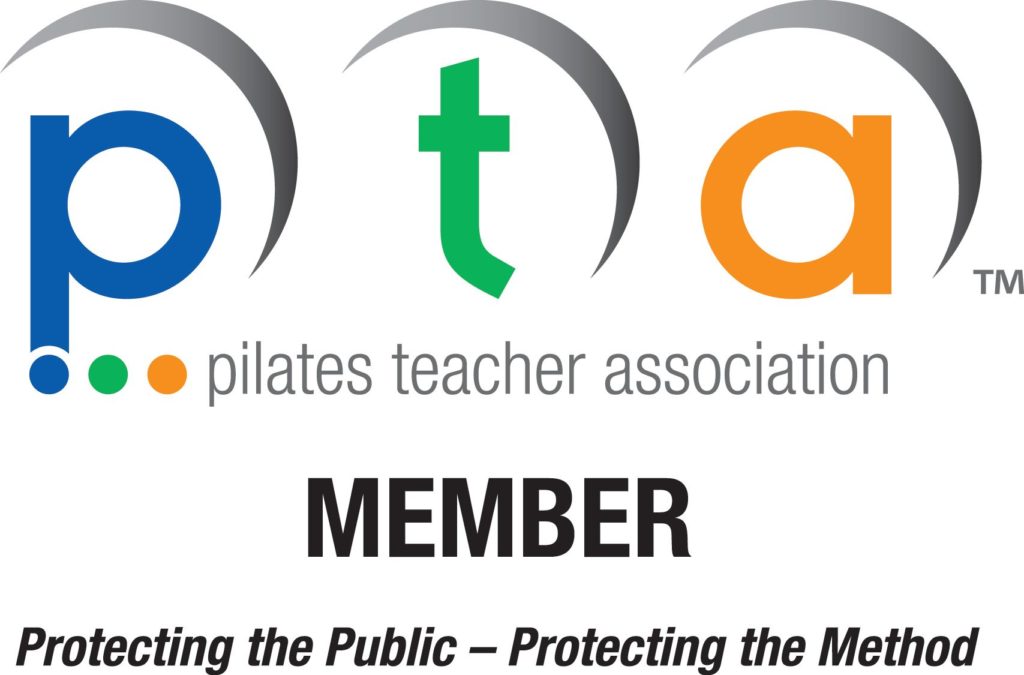Classical Pilates
Think hard exercise (“hard” is subjective) and sweat: “not specifically corrective, but body building and coordinating”. The idea of progression and learning is a fundamental part of Classical Pilates. Teachers tend to agree on what the exercises are and how they should be done.
Classical Pilates is an exercise method which follows the original method as Joseph Pilates (1883 – 1967) designed it and following the lineage of Romana Romana Kryzanowska (1923 – 2013), Joe’s protege.
It’s exercise and it’s hard exercise. You are supposed to sweat and move. The order of the exercises is relatively fixed – especially when you are starting off. As you master The Work and add layers and depth to what you are doing, more exercises are added. Some of these follow the Pilates System and others are to address your issues.
In Classical Pilates, the Reformer and Mat are not seen as separate. There are exercises that are done on both Mat & Reformer. the idea is that what you learn on the Mat helps you with the Reformer and what you learn on the Reformer helps you with the Mat.
And that is one way of understanding the genius of Joe Pilates. For Joe, It’s not just exercise, but learning. And Joe clearly understood learning theory: you learn something in one context and to make the learning more generalised and permanent, you change the context. That’s where the other pieces of apparatus (Cadillac, Wunda Chair, Baby Chair, Barrels, Foot Corrector etc.) come in. You learn a movement on one piece of apparatus and over time, you deepen and work on that movement on other pieces of apparatus. But that’s not all, each new movement that you learn is always based on what you have learned previously. You can in fact say that “everything you need to know about Pilates you learned on your first day”.
Part of the Method consists in eventually becoming independent of your teacher both at home and in the studio. This is what makes it such good value!
Personal Practice sessions allow you to really explore for yourself what you are doing but are the most economical option and enjoy unparalleled timetabling flexibility for people with busy, unpredictable lives.
All good Pilates teachers have their own teacher. And this is no different. One on One “Bolt On” lessons will help you dig deeper into The Method adding layers and depth to you practice and learning new exercises.
Contemporary Pilates or “Pilates Based” Exercise
Think gentle exercise, therapeutic exercise. Each session is different and each teacher is different.
“Contemporary” Pilates has developed with input from Physiotherapy and Clinical Pilates. It’s a watered down version of the original and is much less athletic than Authentic Pilates. In the UK, most “Pilates Based Exercise” instructors work solely on the Mat. Some on Reformer as well, but they aren’t seen as part of an integrated system, but separate and divorced from one another.
There are many versions of Contemporary Pilates exercise and whilst they share the name “Pilates” most do not resemble each other.
One of the reasons why Contemporary Pilates has developed is because of a belief that people nowadays are much less fit than they were in the early 20th century. But when Joe had his studio in New York (1927) people had very sedentary lives: bed, commute, office work, a sit down meal, more office work, another commute and an evening sitting in a chair or on a sofa – just like many people today. I believe that the biggest change is diet – industrial and convenience foods were gaining ground then and have become pervasive today.
Contemporary Pilates doesn’t follow Joseph Pilates’ original order of exercises or learning order. New exercises have been introduced and can differ widely between teacher training schools and by extension, teachers. New apparatus has also been introduced such as the foam roller and Physio Ball and much of the traditional apparatus (like The Reformer) now has different design elements and sizes. This changes how the exercises work. These changes do not mean that all these variations are all bad, some of them are extremely good and much needed, but they are not the method created by Joseph Pilates.
These sessions are very much more teacher led and the expectation is that you don’t become an independent practitioner. Your teacher will train you using a variety of apparatus focusing on your specific needs.

